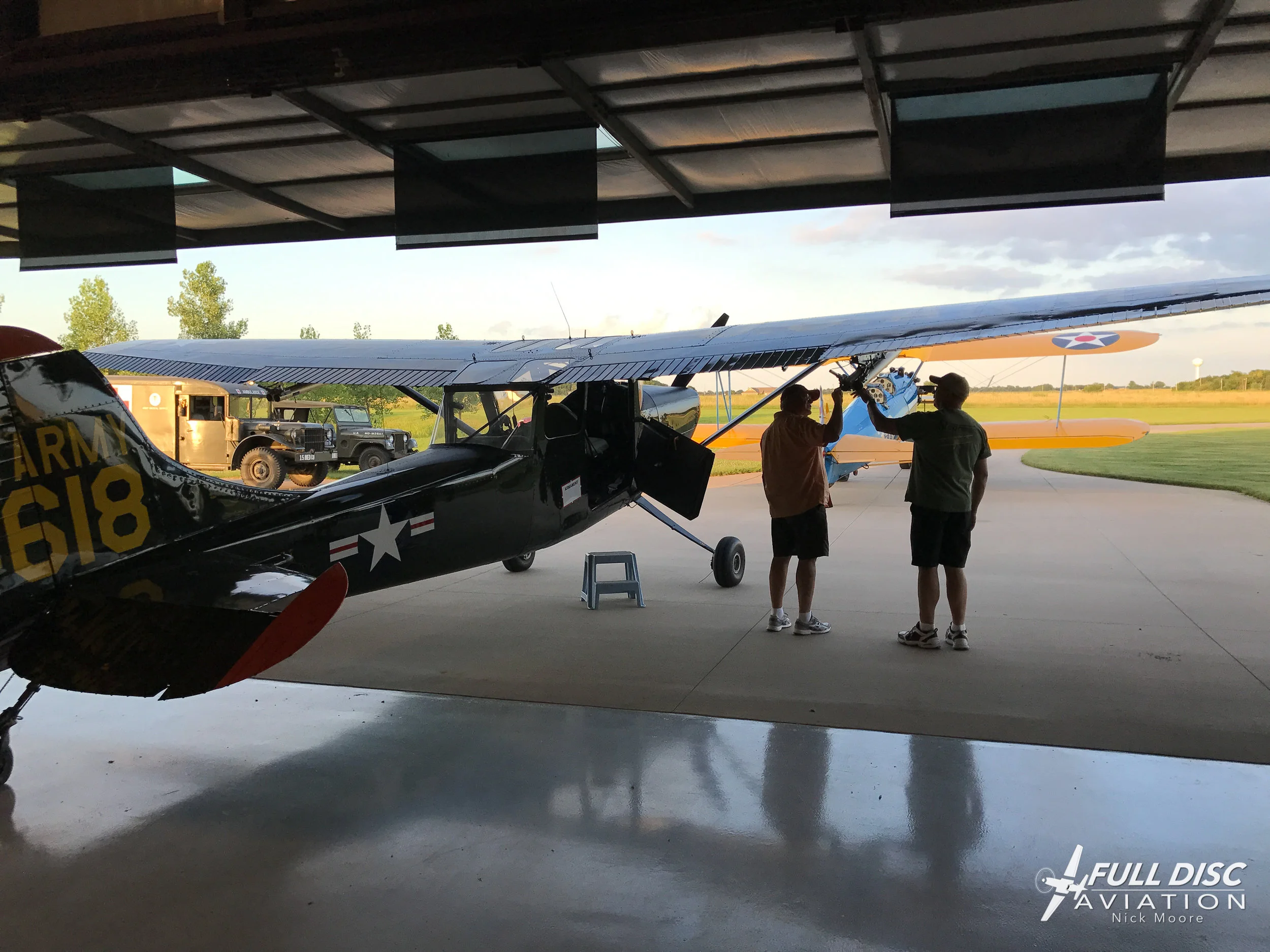Adventures in Air to Air - Part 1
Prose and Photography: Nick Moore
Ever since I started to take aviation photography seriously, I have had a dream of shooting one aircraft from the cockpit of another aircraft. This mythical method of photography is generally referred to “air-to-air” and is typically performed by some of the most talented and professional photographers out there. I always had the impression that you had to be a Paul Bowen, Jay Beckman, Scott Slocum, or a Jim Koepnick to even be considered for such a mission. For years I would hint to my pilot friends, “If you ever want to get photos of your plane, find a photo platform and we will go out and make it happen.” There was never any follow-through and I learned later that it was a good thing, as I had no idea what I was doing.
Fast forward to last summer when I got a text out of the blue from a couple pilot friends named Vic and Greg asking if I might be interested in going up with them to take some photos. After I ran around the house screaming with excitement, I tried to contain myself so as not to let on how big of a deal this was to me and responded, “Sure. That sounds great.” My friend Greg has been responsible for flying EAA’s Cessna 210 as a photo ship for a number of years at EAA Airventure in Oshkosh, WI. Since this was only a week from the start of Airventure, it was sold to me that Greg just wanted to get up and practice flying the photo ship. I firmly believe that while that may have played a part in our first flight, it was just two generous human beings who wanted to show me a great time. Regardless of the reason, I could not contain my excitement. I spent the night before cleaning my gear and looking through various aviation magazines to plan what we would shoot. I remember thinking to myself, “I am going to do this. I am going to do that. (and on and on)”. Little did I know how difficult setting up each one of these photos would be.
The day for shooting came quickly. I packed up all my gear by the door and left for my day job. While there I tried to contain my excitement. As things happen in life, I did not want to get so excited that I would be completely let down if the shoot didn’t happen. As the workday finally came to a close I got a text from Greg asking if I was ready. I thought to myself, “OK. This is really going to happen.” I decided to listen to a podcast that I had saved from a few years back about air-to-air photography on the way home. I am not sure if this made me more excited or more nervous. Once I arrived at home I helped my amazing wife, Tiffany, to get our kids situated for dinner. Picking up on how excited I was to get to the airport, she just looked at me, smiled, and said, “What are you waiting on? Go!” Needless to say, I heeded her advice.
The airport we were to depart from was Stearman Field (1K1) in Benton, KS. Located 20 or so miles northeast of Wichita, this airport is one of a kind. With its on-field restaurant, fly-in community, and unique assortment of aircraft, this airport is an avgeek’s dream. Upon arrival, I unloaded my gear and did my best to contain my excitement. Our plan was to depart around 8:00 PM and catch the last hour of golden light. The subject aircraft was to be Vic’s PT-17 Stearman and the photoship was Vic’s Cessna L-19 Bird Dog. My arrival at 7:30 allowed for a proper briefing. Due to my naivety at the time, I assumed we were going to just take off, form up, and take some photos. Greg’s knowledge from all of his past experiences quickly came to light for me. He began to educate me about the communication process. I would give a direction to him over the intercom and he would relay it to Vic over the radio. The commands were simple. Something like “up 5” meant for the subject pilot to pitch up a very small, arbitrary amount whereas “up 20” meant that he needed to be considerably higher. We would use these commands to position the Stearman where I wanted it to be for the series of shots. We discussed the shots we were after and I quickly realized that I had a lot to learn and this day was going to be a lot of trial and error.
It was time to get situated in the photoship. The Cessna L-19 Bird Dog was a Forward Air Controller's platform during the Vietnam War. That meant one thing to this photographer: the visibility was going to be good. It is a tandem seat, high-wing tail-dragger. The pilot sits in the front and I would be situated in the back. There were two large operable windows on either side of my seat. These would be open for the entire flight and would give me a great opportunity to shoot out of either side of the aircraft. Many popular photo platform aircraft only allow the photographer access to one side of the plane or the other. The Bird Dog was about to give me both. I decided that I would be using my Tamron 70-200mm f/2.8 lens on my Nikon D600 full frame body. I also brought along a Sigma 24-70mm f/2.8 lens for some wide angle shots and a Nikon SB-700 Speedlight for fill flash. It turns out that I got so wrapped up in shooting with the original setup that it never even dawned on me to change lenses or install the Speedlight.
After multiple attempts to start the Bird Dog we finally realized that the fuel valve was set to “OFF”. Upon changing the valve’s position, the O-470 engine quickly roared to life and we were ready for departure. Vic’s hangar is located just north of the airport across a county road. We taxied down his driveway, looked for cars in both direction, and then taxied right across the county road to the runway. I then turned my hat around backwards, removed my lens cap, and powered the camera on. The time had finally come to shoot my first air-to-air session.
Our plan was to do a formation takeoff and just work on matching airspeeds and getting comfortable with the distances needed for the photo shoot. I started out shooting at what I felt was a conservative shutter speed of 1/80. I did not want to waste much of this precious air-to-air time looking at the display on the back of my camera so I kept firing for a bit before checking my work. Once I finally decided to see how things were looking, it was immediately apparent to me that I was not satisfied with the prop blur I was getting at the 1/80 shutter speed. The prop looked like a bowtie affixed to the front of the plane. Also, my subject Stearman was almost abeam my position in the Bird Dog. This position and my lack of a “full disc” (the propeller's arc completing a circle) worth of prop blur left me feeling very uninspired about the photos that I just taken
One notable thing happened prior to switching shutter speed and aircraft position. Our friend, Randy, was out giving a ride to someone in his Stearman and was in the process of returning back to Stearman Field to land. He heard our radio chatter and decided to make a grand appearance by photobombing a series of images with smoke on, going the opposite direction in the background.
A quick roll of my Nikon thumbwheel and my shutter was then dialed in at 1/60. I fired off some quick test shots and checked the display. I was getting a full disc of prop arc on most of the shots with very few being almost there. I decided that this was where I was going to stay with my shutter for the remainder of the flight. We spent a few minutes flying straight and level directly into the setting sun. The light-colored wooden propeller started to glow with the sun bearing down on it. After a quick peek at the display, I realized that this glowing full disc was something that I would likely be chasing for the rest of my aviation photography career.
I asked Vic to drop back behind us a little further as I wanted to get a more “head-on” shot. Greg’s experience with flying for EAA really came in handy. He asked Vic to apply some right rudder while he applied left rudder in the Bird Dog. This slip gave the illusion that the Stearman was pointed at us more than it really was. The opposite slip in the Bird Dog helped clear the tail from my shot.
The glowing, golden full disc had captured my attention so much that I had not realized what was happening behind me with the sunset. The high cirrus clouds had a rippled texture and mimicked miniature mammatus clouds. The golden sun found several openings to shine through, highlighting each portion of clouds with different shades of yellow, orange, red, and blue. Once I realized the beauty of what was behind me, I requested a right 360-degree turn. The first circle that we did was with Vic’s Stearman level with us in the Bird Dog. As we were about to pass the sun in the frame, I recognized that Vic was about to pass below the sun. I got on the intercom; “Up 5.” Quickly realizing that I needed him up higher than my original request, I called “Up 10!” No sooner than Greg relayed the direction, Vic climbed up into the perfect position to intercept the setting sun with a silhouette that was unforgettable.
We made two more 360-degree orbits in each direction, soaking up what was left of the sunset. The final orbit had Vic positioned much higher than us while in the turn. The tiny sliver of light remaining shined bright on the painted fabric under-wing surfaces.
We all soon realized that we were out of light and made our short return flight back to Stearman Field. Even the return flight yielded a unique perspective looking down on Vic in his Stearman over the green fields of rural Butler County with the cooler light of the freshly set sun.
The evening air made for a very smooth ride. Once Vic had the Stearman safely on the ground, Greg entered the traffic pattern. I set my camera on the seat and enjoyed the rest of the ride in disbelief of what had just happened.
We taxied back to Vic’s hangar, shutdown, and debriefed our mission with a couple of adult beverages. The debrief was a lot of fun as various friends from the airport started to filter in. I didn’t want to leave but at the same time, I was extremely anxious to get home and start sifting through everything.
All in all, I was very pleased with the photos that we were able to capture. I realized quickly that I had much to learn, and having the combined experience of Vic and Greg along on my first air-to-air was invaluable. As with any learning experience, I got more comfortable as time went on and the photos also reflected this. Traveling home was a sublime journey as I reflected on our epic flight, and I cannot thank Vic and Greg enough for giving me this opportunity. Stay tuned for more adventures!





















